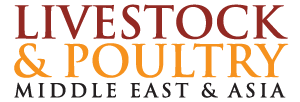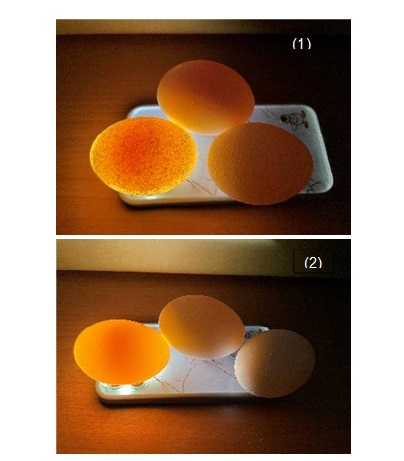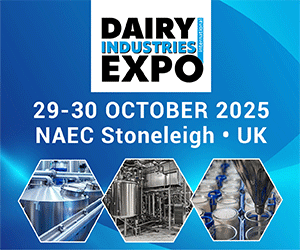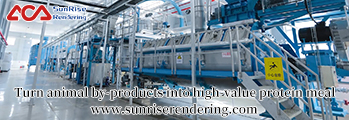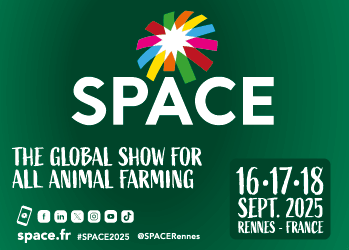When it comes to success in production, the egg definitely comes first: High production level, good reproductive performance and persistency with excellent eggshell quality are key indicators for profitability in laying hen operations. For breeder operations, only clean and well-formed eggs without visible cracks will guarantee healthy and uniform chicks. In fresh consumer eggs, inadequate shell quality will lead to direct losses in sales revenue and increase the risk of image loss at the consumer level. And strong eggshells are also necessary to avoid breakage and losses during handling and transportation. So basically, the entire success of a production depends on the quality of the eggshell. But what does quality depend on and how can it be influenced and improved?

Nutrition – and more
- There are several influencing factors for eggshell quality, including genetics, age, husbandry, and management practices. However, nutrition also plays a crucial role. To protect animals and production, the first step is to improve the animals’ gut health. Nutritional strategies place particular interest on innovative feed additives that can support gut health and promote well-being. Organic acids with their antimicrobial mode of action are a cutting-edge tool for increasing animal performance and profitability. But to ensure optimal gut health and

Elisabeth Holl protection from pathogens, it takes more than that.
In layer husbandry, two periods are especially critical. The first one is the pullet phase when the long bones are formed. Around one third of the calcium required for the eggshell during the laying cycle is supplied by mobilisation from the medullary bone. Calcium derived from bone is needed during the final stages of shell formation as this takes place during the night when the birds do not feed. Good bone quality developed early in life is therefore essential to maintain skeletal integrity and eggshell quality in older hens.
The second is the post peak period where egg size tends to increase but at the cost of eggshell quality. Extended laying cycles of over 75 up to 100 weeks place a lot of pressure on the nutritional requirements for performance and egg quality. In both periods, success is closely linked to the same factor.Calcium is the most important mineral to secure good bone and eggshell quality. But a calcium-rich diet is not sufficient. The digestive system also must be able to absorb the calcium so that it is available to the animals’ organism for bone formation and eggshell production. For this, intestinal health and pH value are of crucial importance. An appropriate pH level ensures that calcium dissolves effectively in the digestive system, making the absorbed calcium available, while gut health is key for effective digestion and nutrient absorption.
Considering older hens, however, calcium absorption may not be the only limiting factor. The primary reason being the ageing of uterine cells which produce the eggshell. Oxidative stress causes fatigue of the uterine cells which subsequently may not be able to utilise the available calcium, leading to a higher risk of thin eggshells, osteoporosis, and low performance. Nutritional support can be given in the form of feed additives that improve gut health and reduce oxidative stress like PreA.
It takes two to get high eggshell quality
PreAcid is more than just any acidifier. By combining organic acids with the prebiotic GlucoFence complex, PreAcid protects the animal against pathogens, stimulates a positive microflora and provides a maximum of butyric acid in the gut – an important factor for optimal gut health. The relationship between microbial community and its metabolism and animal performance is both complex and dynamic. Bacteria in the small intestine utilise the same nutrients that are absorbed and metabolised by the host. Therefore, a reduced bacterial load in this section of the gastrointestinal tract and consequently a decreased competition for nutrients explains the mode of action of organic acids in improving performance of the animals. Calcium solubilisation and absorption can also be supported by the organic acids which reduce gastric pH, thereby stimulating enzyme activity and nutrient digestibility.
For optimal results, however, a second step is needed. PreAcid offers a two-step approach to promote high eggshell quality. It combines supplemented butyric acid and the in-situ production of endogenous butyric acid by prebiotic gluconate. The stimulation of short-chain fatty acid production by microbial fermentation decreases intestinal pH, helping mineral solubilisation and absorption (figure 1). Prebiotics also stimulate the expression of Ca-binding proteins and the release of bone modulating factors.
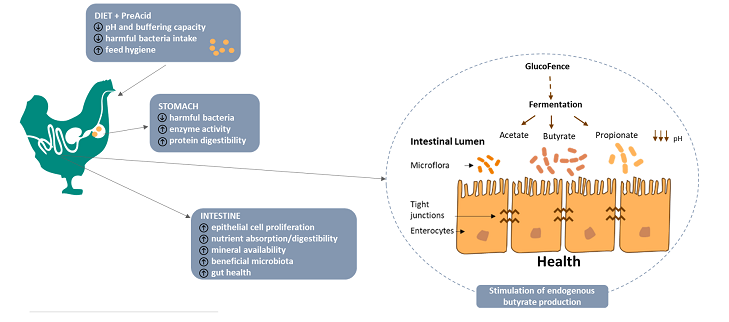
Figure 1: The prebiotic acidifier PreAcid modulates microflora composition, enhances volatile fatty acid production, and promotes overall gut health.
Visible success
The role PreAcid plays in improving epithelial integrity could be demonstrated in a trial with broilers infected with E. Coli and Salmonella. Here PreAcid significantly improved villus growth despite the infection (figure 2).

Figure 2: PreAcid significantly increased villus height in challenged birds
Strong villi increase the surface area of the intestinal wall and thus the absorption of feed nutrients including calcium, supporting the animals especially in times of stress.
Short-chain fatty acids, specifically butyric acid, obtained from bacterial fermentation have also been linked to beneficial health effects outside the digestive tract. These include their ability to modulate gene expression and thereby influence intracellular signalling pathways involved in the maintenance of redox homeostasis. The protective role of butyric acid against oxidative stress and inflammatory processes therefore makes PreAcid’s mechanism of action and its positive effect on intestinal health so interesting for application in older laying hens.
In a trial with commercial layers (ISA Brown) from week 70 to 73, PreAcid was compared with two commercial feed additives, one of which was based on plant extracts and butyric acid while the other had antioxidative activity. The performance of the layers was compared to the genetic goal for this breed at that age. While egg weight was not different between the groups and corresponded to the expected value, layers supplemented with PreAcid laid more eggs and consequently had a higher egg mass than the other groups (fig.3).
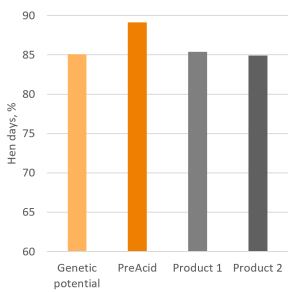
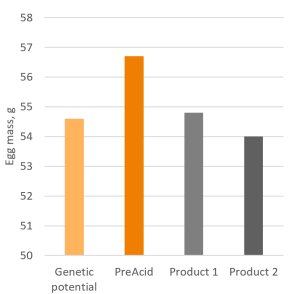
Figure 3: PreAcid improves performance in older layers
PreAcid not only improves persistency of lay but also eggshell quality. In a test with layers in Germany, adding PreAcid succeeded in reducing the percentage of broken eggs to just one percent. In addition, PreAcid lead to better laying performance. A visibly better eggshell quality could be observed after two weeks of using PreAcid in older layers with recurring shell gland inflammation in Taiwan (figure 4).

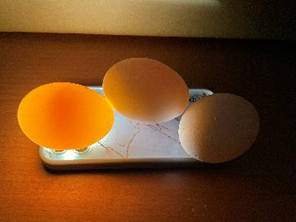
Figure 4: Visibly better eggshell quality with PreAcid: (1) Before and (2) after using PreAcid) (image: courtesy Ting Chen, Brilliant Nutrition, Taiwan)
Performance and quality start in the gut
For high eggshell quality, optimal gut health and animal welfare, and efficient and sustainable production, it is best to start in the gut. With PreAcid, laying hens receive optimal gut health support right from the start. The prebiotic approach in combination with organic acids utilises antibacterial activity and the beneficial effects of butyric acid in the intestinal tract to improve digestion, nutrient absorption and health of the animals ensuring long term For more information visit https://www.dr-eckel.de/en/

